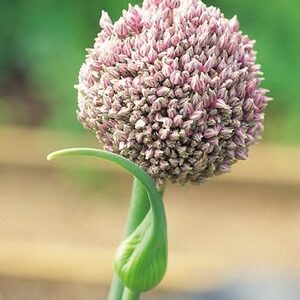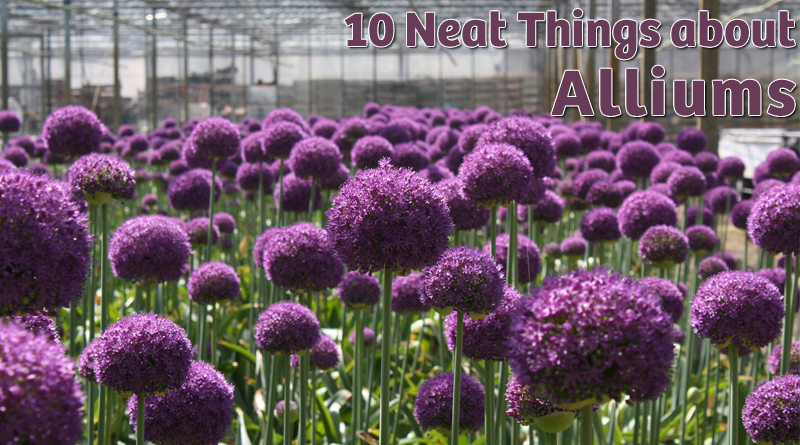About Alliums
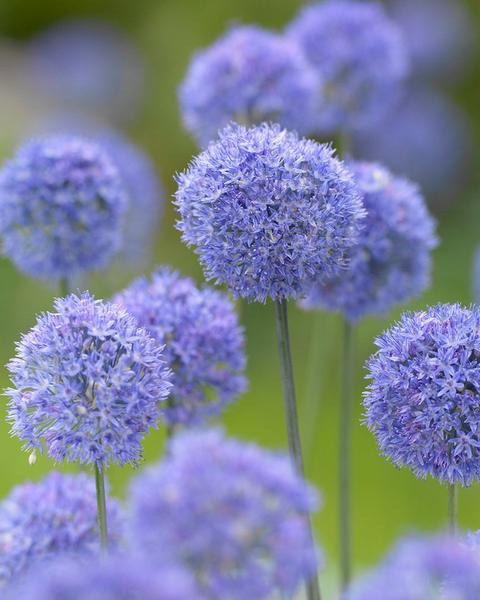
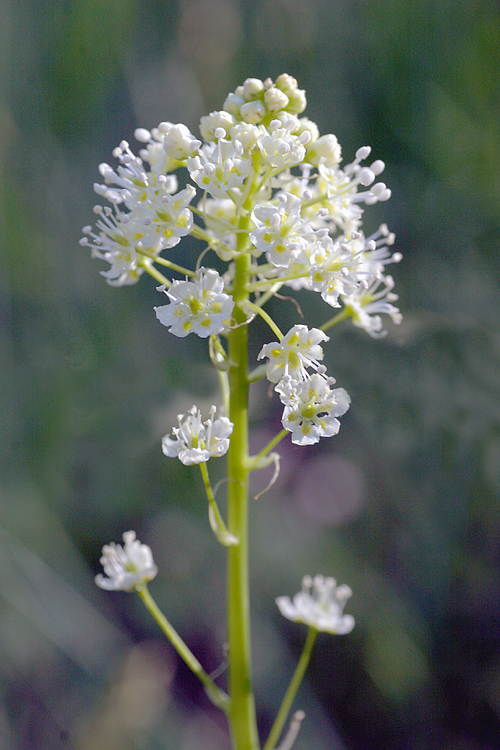
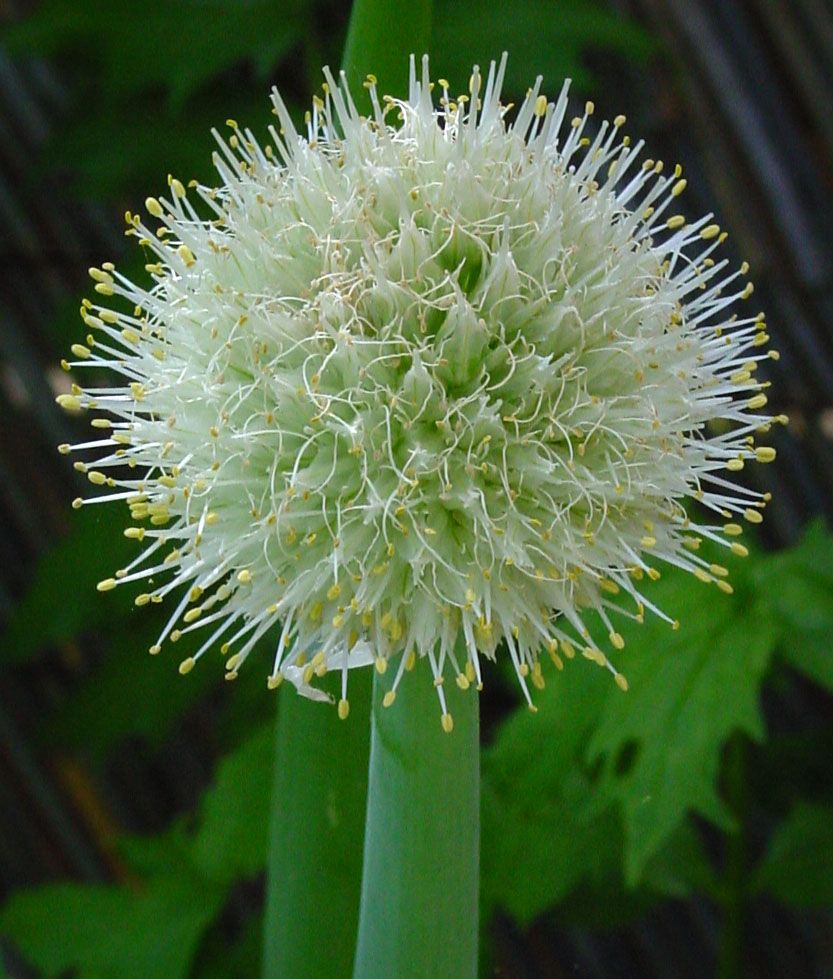
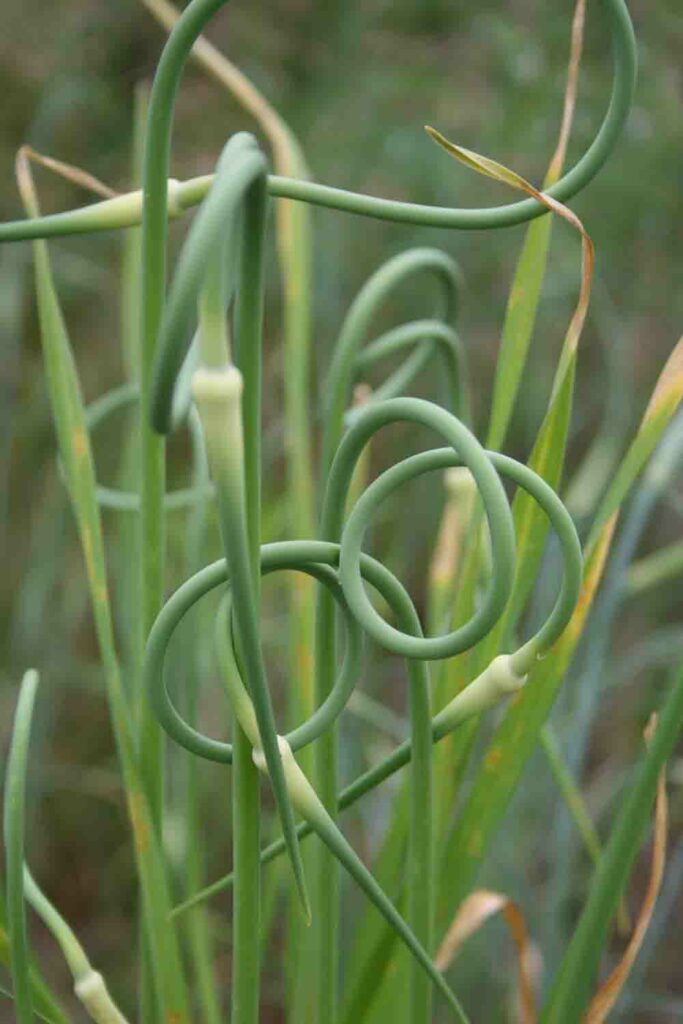
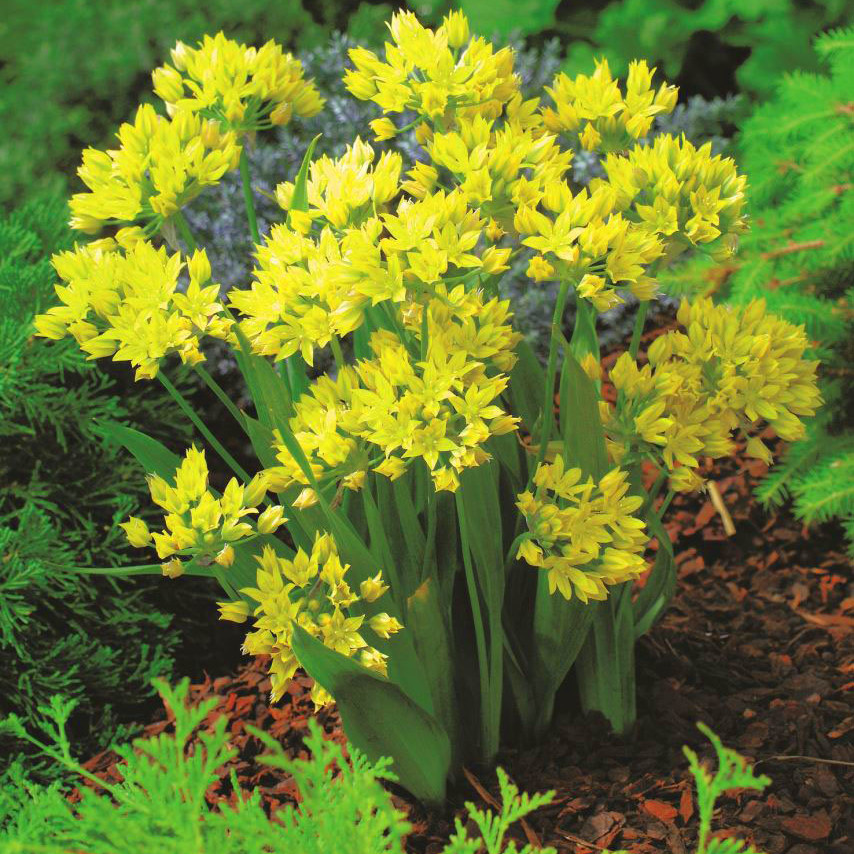
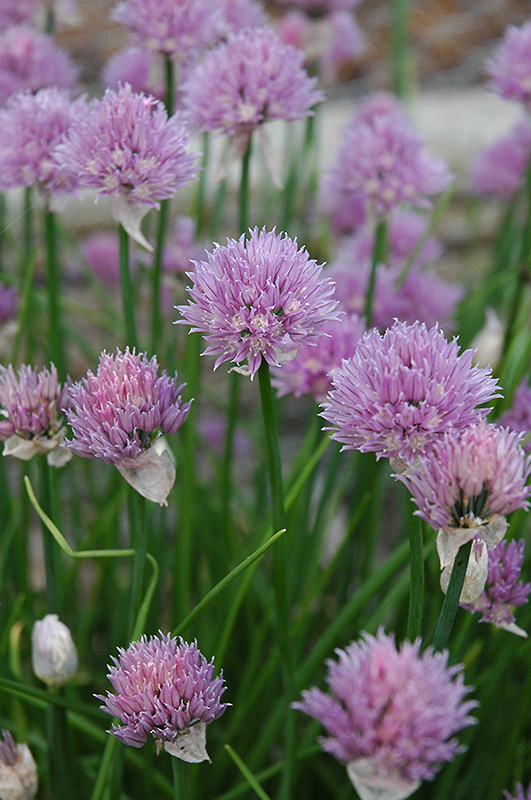
1. What are alliums?
Plants in the genus Allium generally fall into two categories: edible and ornamental. The edible alliums include onions, garlic, leeks and chives, while the ornamentals are valued for their round inflorescences of flowers atop leafless stocks. Are ornamental alliums edible? Sure. But there are some lookalike plants that are poisonous, particularly Toxicoscordion venenosum. (The guy who named that plant certainly wanted to keep people away!)
2. Dogs and cats.
All alliums are poisonous to dogs and cats, including onions and, even more so, garlic. Chances are you’ve fed your dog table scraps that contain a bit of onion and haven’t noticed any ill effects; that’s because they haven’t eaten as much as it takes, which is five grams per kilogram in cats and fifteen to 30 grams per kilogram in dogs. That means a fifteen-pound cat would only require only a little more than a tablespoon of onions to become ill. Fortunately, dogs and cats don’t tend to like the taste.
3. Who else?
Some Hindu Brahmins and Jains don’t cook with or eat onions or garlic. There are various reasons, ranging from the anti-Jain disturbance of the ground to harvest the plants to the Hindu thought that eating garlic and onions will excite the baser instincts making it difficult to control oneself.
4. Ornamental alliums.
There is not much trivia about these. They range in colour mostly from purple to pink to white but with a yellow species ( A. moly). They grow tall (except for those that don’t) and most have great ball-shaped flower umbels. They are particularly carefree: plant the bulbs in fall in an area that gets at least a few hours sunlight and don’t let them stay too wet or the bulbs will rot. No animals or bugs are attracted to them.
5. Chives.
This is the herb that doubles as an ornamental. It grows from tiny bulbs or you can plant it as a seed. It is known in botanical terms as Allium schoenoprasum and is the only species of allium that is native to both the old and new worlds. The pretty purple flowers make a nice addition to salads.
6. Egyptians and onions.
Ancient Egyptians considered onions important. There are written accounts of them as far back as 3000 BCE. The remains of onions have been found in and on the bodies of mummies and within the bandages surrounding them. An ancient Egyptian woman could place an onion in her vagina over night then check her breath in the morning; if it smelled of onions, that meant she was fertile or perhaps pregnant.
7. Greeks and onions.
Ancient Greeks thought onions made one strong. Before Olympic competition, athletes would eat pounds of onions and drink onion juice. They also would rub onions on their bodies.
8. Romans and alliums.
Pliny the Elder (29 to 73 AD) listed 27 medicinal uses for onions, 39 for leeks and 61 for garlic. He wrote that rubbing the eyes with onion juice could cure dimness of sight, a concoction of leek greens would dye grey hair, and garlic would be good for injury to the body from any creature, though he gives special mention to the bites of shrew-mice, dogs and serpent stings.
9. Crying.
Cutting onions makes you tear up, why doesn’t cutting garlic, leeks or chives? It’s because of the propanethiol-S-oxide. Only onions have it. There are many methods to prevent crying when chopping onions. Aside from the goggles that have been promoted lately (look on Amazon or at Bed, Bath and Beyond), people have suggested chewing gum or putting a piece of bread in your mouth. Scientists say the bread and gum don’t work but some people swear by it.
10. Garlic on stainless steel.
Several years ago when I took a class in cutting vegetables, the instructor told us to rub our hands on the stainless steel sink to get rid of the garlic smell. I was amazed that this worked. Now I read that scientists say that it doesn’t. I have just rubbed my fingertips with raw garlic then rinsed both, my left hand using only water and my right rubbing the sink. Guess what. They smelled about the same. Soap worked reasonably well, though. Hmph.
– Shauna Dobbie
Copyright© Pegasus Publications Inc.
